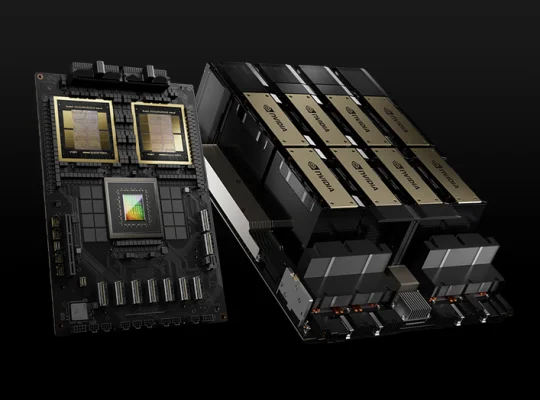Introduction
As artificial intelligence (AI), data centers, and autonomous technologies surge in demand, Nvidia is making a strategic shift—bringing key parts of its chip production closer to home. This move marks a critical step in building a more resilient, secure, and innovation-driven semiconductor ecosystem within the United States
What’s Behind the Shift?
1. Geopolitical and Supply Chain Risks
Global tensions, especially in Asia, have disrupted semiconductor supply chains. By relocating part of its production to the U.S., Nvidia is minimizing risks from tariffs, export controls, and regional instability.
2. CHIPS and Science Act Incentives
The U.S. government’s CHIPS Act is offering billions in subsidies, tax credits, and grants to support domestic semiconductor manufacturing. Nvidia is tapping into this national push to rebuild chip infrastructure on American soil.
3. Need for Faster, More Reliable Manufacturing
Proximity to U.S. partners like TSMC (Arizona), Amkor (packaging), and Foxconn (assembly) allows faster product cycles and enhanced collaboration. Onshoring accelerates Nvidia’s ability to deliver AI chips and systems at scale.
Challenges Ahead
While the benefits are strong, Nvidia’s move to U.S. production also comes with challenges:
High operational costs due to labor and compliance standards.
Workforce shortages in advanced manufacturing roles.
Time delays in setting up full-scale facilities like fabs and test centers.
However, Nvidia is tackling these issues through long-term partnerships, workforce training, and continuous innovation.
Nvidia’s Place in The Semiconductor Industry
Nvidia, one of the most notable investors in the GPU market, has historically depended on other regions more and more for The United States has been heavily dependent on China and more so Taiwan. On a high level, the US is reliant on around fifty percent of its graphics processing units, GPUs, from Taiwan. At this stage, it is possible to state that Nvidia’s products, chiefly graphics processing units, are indispensable for the range of units from more advanced computational games to AI powered interfaces. The balance of reliance on overseas production autonomy gives Nvidia a chance for cost savings, but at the same time, brings geopolitical and logistical challenges as burdens.
The Bigger Picture
Nvidia’s transition reflects a broader trend among global tech leaders to strengthen domestic manufacturing. It’s not just about producing chips—it’s about building the future of AI, responsibly and resiliently, within U.S. borders.
















